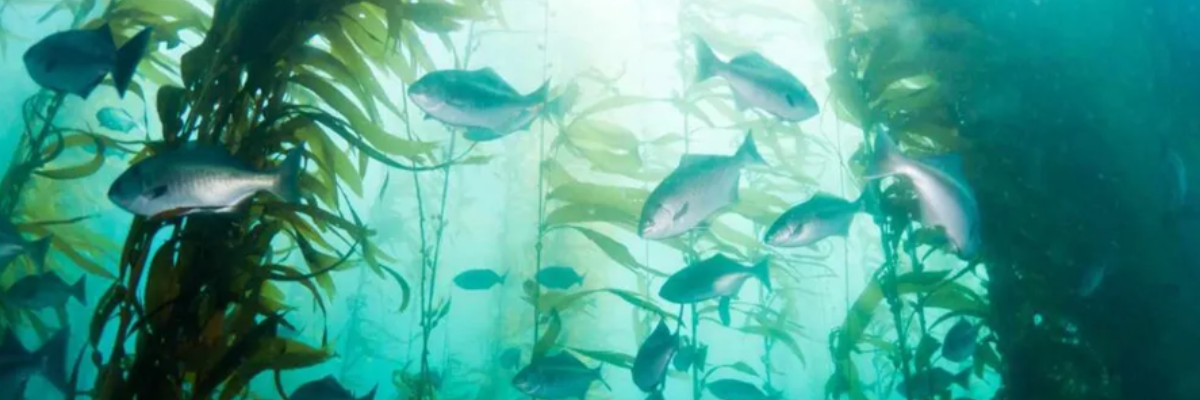End-of-use boats: An update on progress
On Day 3 at METSTRADE 2019 we comprehensively explored a subject which has been on the agenda at the show since 2015.
As a hangover from the composite mass production boom of the 70’s and 80’s there is an ever-increasing number of boats reaching the end of their useful lives at the same time. So, once again, this forum explored what can be done about the substantial end-of-use heritage fleet, but also what possibilities there are to avoid our industry being in the same place with old boats in 30 years’ time. Nine speakers were on the panel representing boat user and industry associations, organisations engaged in boat disposal, composites technology experts, and a prominent boat designer; so, no shortage of ideas and new developments to share.
Looking to the future
Moderator Albert Willemsen, Environmental Consultant for ICOMIA, asked Marnix Hoekstra of Vripack yacht designers, “what can be done to make future boats easier to disassemble?” Marnix replied, “with computer aided design everything is possible, you just need the will to do it, and have the vision to forget the traditional way things have been done for the last sixty years. The designers at Vripack have already started to incorporate these principles into their thinking.”
Also on the panel was Enrico Benco of GS4C in Italy, who has been instrumental in developing the FILAVA recyclable composite, now adopted by superyacht builder Amer Yachts for future new build projects. He explained how his material truly meets the objectives of the Circular Economy for the future of boat building. He said, “our objective was always to create a ‘cradle to cradle’ solution, and by utilising a low embodied energy induction process, the FILAVA composite can be economically turned into another boat at the end-of-life.”
Some breakthroughs on end-of-life composites
The challenge of what to do with redundant GRP composite materials has been one of the boating industry’s biggest barriers to progress on end-of-use boats. But on this panel, there were three speakers, one from Italy, one from Norway and another from the Netherlands, who were able to present different versions of remanufactured sheet materials, all produced from broken up boats of yesteryear. These remanufacturing processes all require some kind of shredding of the GRP or cutting it into strips, it is then combined with a resin, or in one case another commonly found waste material (polystyrene foam) to create a new hard-wearing plastic panel. The remanufactured panels can be described as ‘open loop’ solutions, as opposed to ‘closed loop” or ‘cradle to cradle’ outcomes, which have proved to be virtually impossible to do economically and in sufficient volumes, with polyester / glass strand composites from old boats.
Another speaker from Italy, Pietro Angelini from Navigo, brought news of the REVYTA project in Tuscany, where they have recognised that more traction can be gained by combining the waste stream from boats with composites from other sectors such as caravans and railway carriages. With 1.5 million euros of industrial development funding behind it, the project is also studying ways to make the disassembly of old boats into a less hazardous and more efficient process, by using modern methods such as laser cutting and high efficiency dust control systems.
Evan Ridley from the Rhode Island Marine Trades Association, was over from the US to join the panel, and reported on how his partnership network on the East Coast has processed 20 tons of composite waste via the cement kiln co-processing route. This developmental project has proved that large volumes of waste composite from boats can be reused into a commonly available construction material (concrete), and has been made possible by funding from within the boating industry.

French network of disposal sites
Philip Easthill speaking for Brussels based European Boating Industry, mentioned that the French have shown the way in Europe by providing a number of approved boat disposal sites around the coastline of France, and are aiming to responsibly break up and dispose of several thousand boats every year, with funding that has been provided from within their national leisure marine industry.
Using this as a base model and working with the European Commission as well as organisations like ICOMIA and European Boating Association (representing end-users), Philip mentioned that a European Road Map will be established for end-of-life boats which will take into consideration the multitude of factors involved, such as dismantling, funding, investment, transport / logistics and legal issues; this would aim at avoiding market fragmentation by providing a set of harmonised solutions for our multi-national industry.
In conclusion:
Surely the way forward, is to provide a way for the last owner of a boat to dispose of it without cost, and to create a route to market (business case) for a hard-wearing sheet material product, with multiple industrial uses, that can be produced from the resulting composite waste stream. Thus, putting a commercial end-of-life value on the major component of a GRP boat. It sounds simple I know, and I realise there is a long way to go, but 5 years ago, it sounded impossible; we now see real progress, in several forms, and in various places across the world, and METSTRADE will continue to provide a platform for sharing ideas and moving forward.
Quotes from panelists:
Marnix Hfoeksta, CEO, Vripack Yacht Designers: “I do think these initiatives are proving that we don't need heavy handed legislation to solve this problem. Rather than put money into legislation which many will try to evade or avoid, let's put it into education of young people, who will have to foresight and the modern skills to create the solutions we need for the future of boat disposal."
Philip Easthill, Secretary General - European Boating Industry: “I really appreciated the opportunity to be on the panel. I think there is now a clear way forward that we have to focus on in the next years, to have another positive evolution to look back to in 5 years’ time.”
Check out the video below of the entire panel discussion with lots more detailed information from the speakers:
Share your stories on leisure marine industry with us
Do you have an innovation, research results or an other interesting topic you would like to share with the leisure marine equipment industry? The METSTRADE website and social media channels are a great platform to showcase your stories! Let us know via metstrade@rai.nl
Are you a METSTRADE exhibitor?
Make sure you add your latest press releases to your Company Profile in the Exhibitor Portal for free exposure.

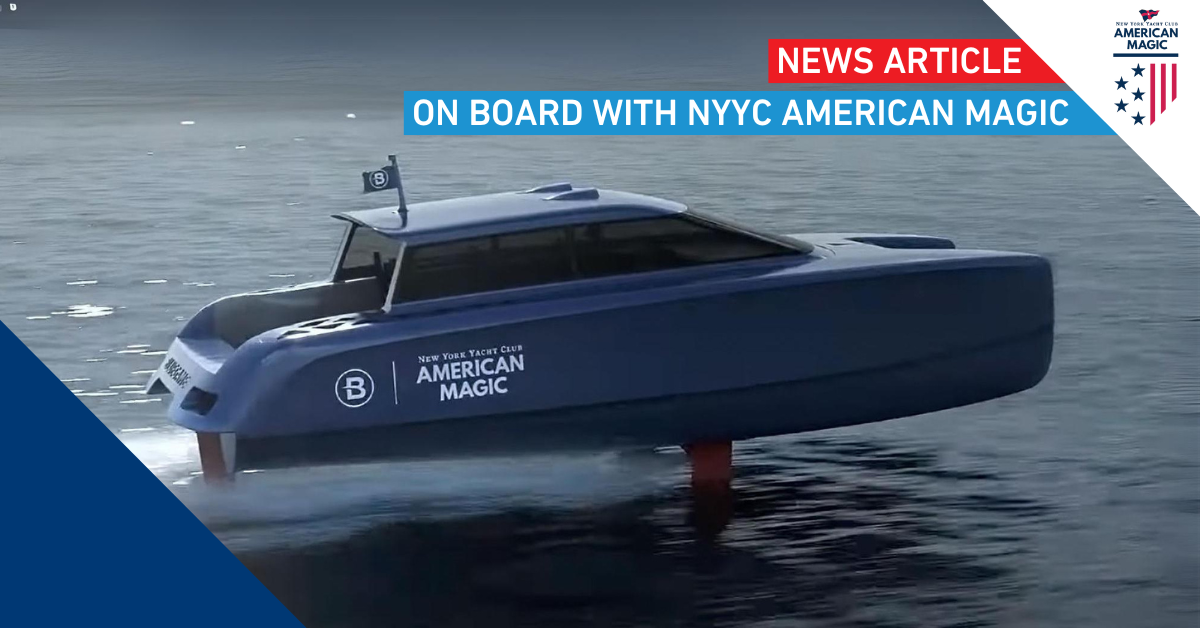
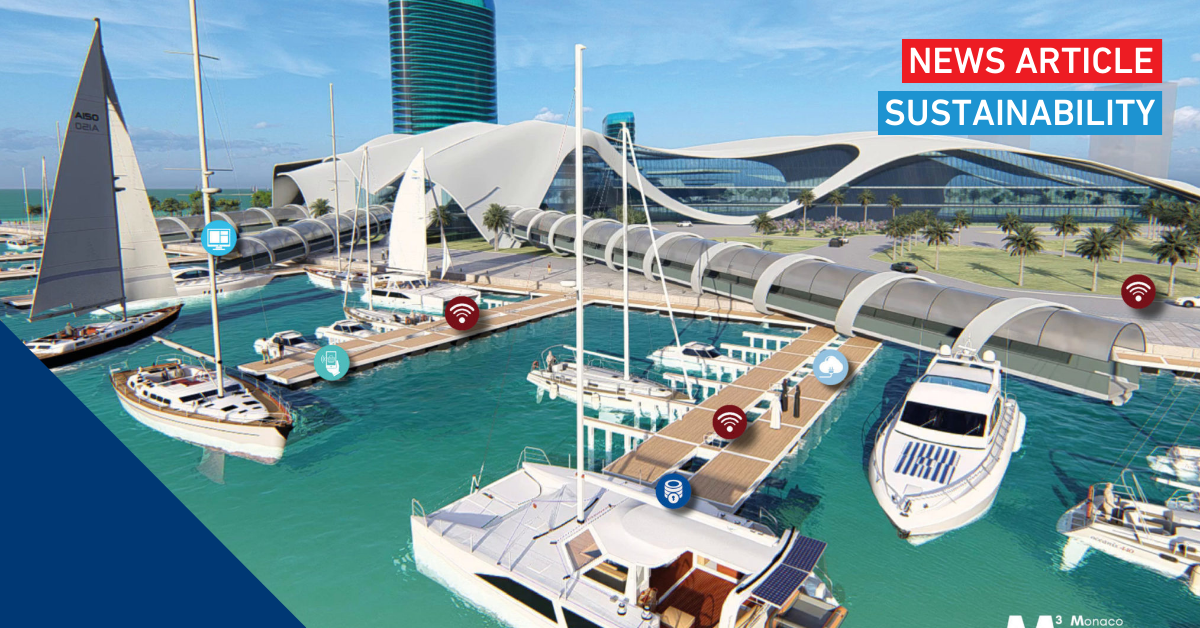
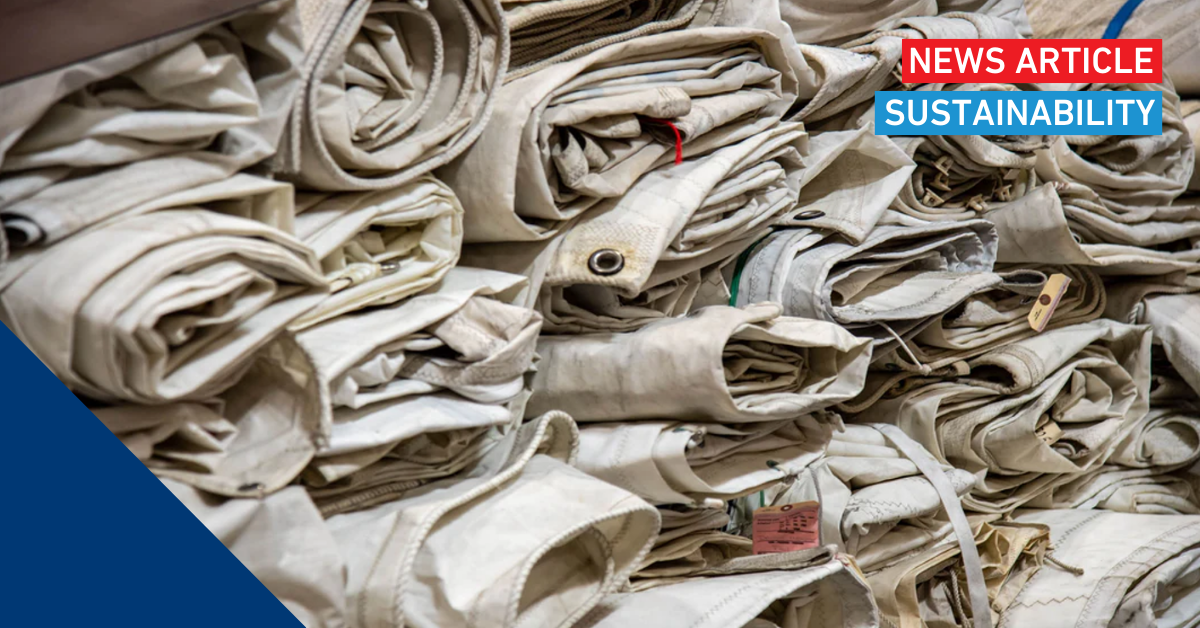
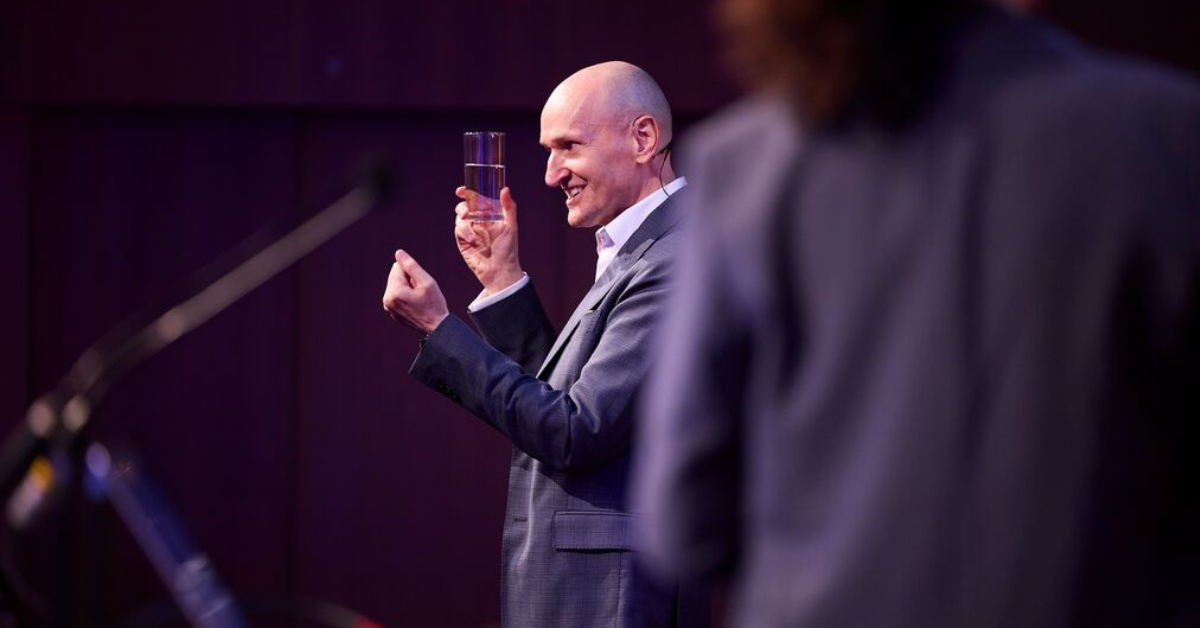
.jpg?h=400&iar=0&w=1200)
